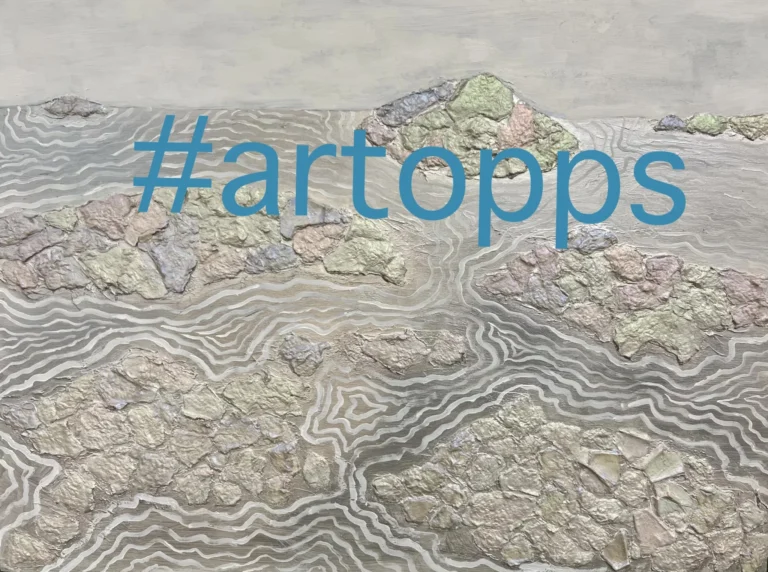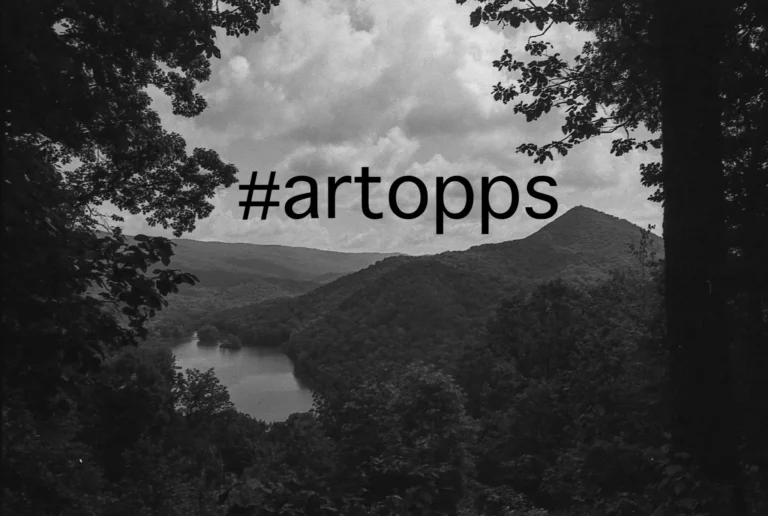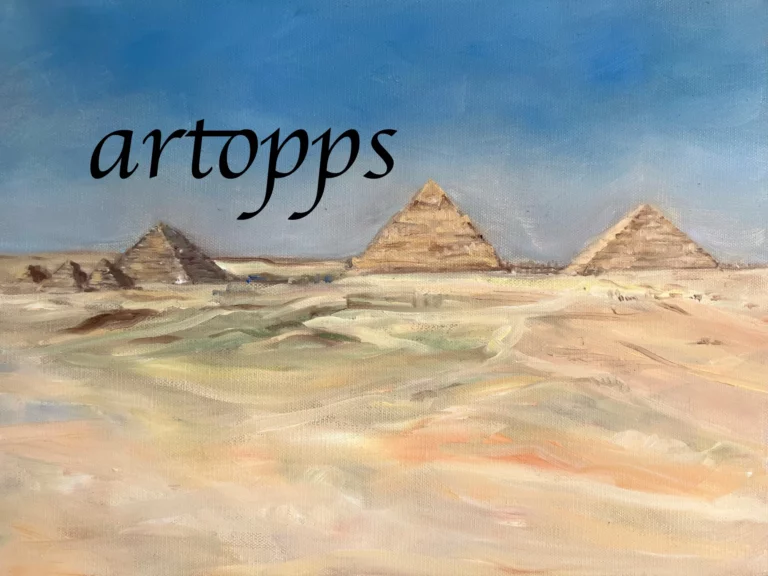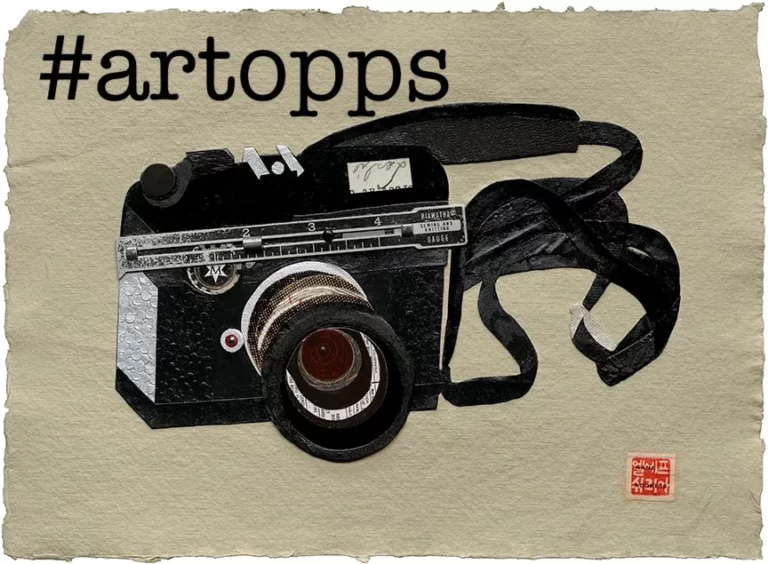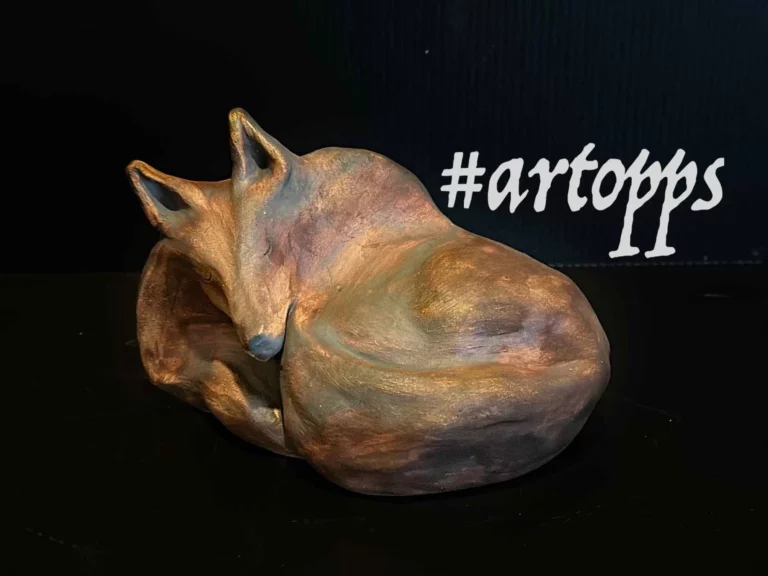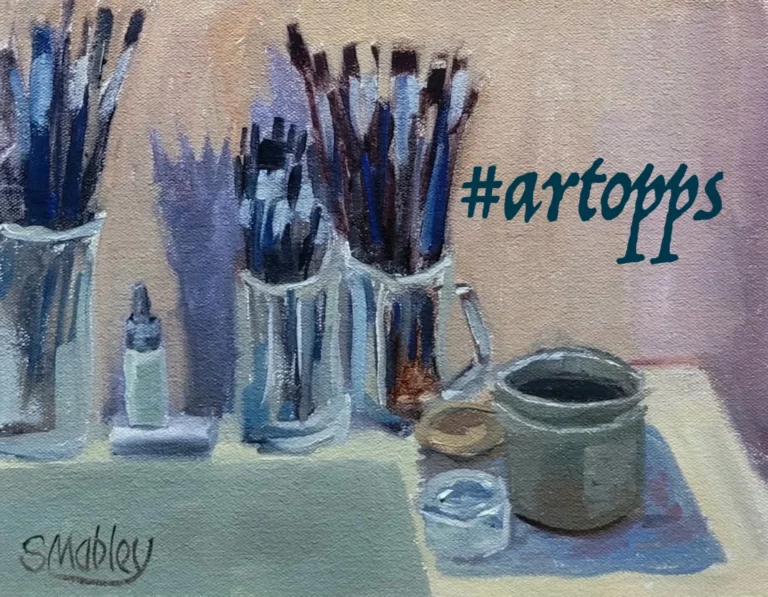A Fiber Arts Glossary
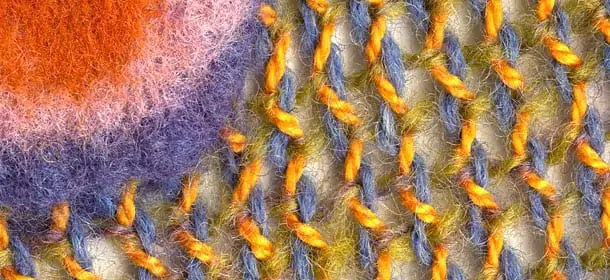

Now that our extended summer in Alexandria seems to have ended, you’re no doubt looking for ways to warm up. We don’t recommend cozying up to our ceramics kiln or an acetylene torch, but our classrooms do have a safe source of renewable energy: your creative spark!
One way to get your art on this winter is to visit our fiber arts studio, where you can weave, felt, knit, dye, and hook your own wardrobe from head to toe. With classes including spinning and dyeing, you can learn about pretty much any part of the process, except for shearing the sheep. If functional art isn’t your style, you can also make fine art to hang on your wall. Class topics range from traditional to contemporary, and there are plenty of entry points for the complete beginner!
Our fiber arts department draws on a wide variety of traditions and cultures — not to mention a few thousand years of history — so there are lots of different terms in our class catalog that you might not recognize.
Here’s a quick and dirty guide to the fiber arts and a rundown of what’s in store this Winter.
To see the full slate of fiber arts classes and workshops, click here.
Everybody knows what felt looks like and feels like, but what is it? Basically, you take a bunch of loose fibers (roving) and tangle them up so they make a solid piece of fabric — either using hot soapy water and friction (wet felting) or a notched needle (needle felting). There’s a new method, nuno, below.
- What does it make? Let’s see: flowers, slippers, sculptures, clothes, accessories, houses, …
- What can I take? There’s a number of workshops for beginners, including Felted Slippers, Felted Flowers, and Jumpstart in Wet Felting. For felters with some experience, there’s an eight-week class, Felting: Expanding the Possibilities.
Nuno felting was invented in the 1990s and exploded in popularity shortly thereafter. It involves felting a small amount of fibers onto some other fabric — silk, say — for a lightweight, flexible product with a distinctly textured surface.
- What does it make? Clothes and accessories with “drape”
- What can I take? Nuno workshops, including Jumpstart in Nuno Felting
Weaving brings together multiple yarns, using a floor loom (like in this video), a card loom, an inkle loom, a frame loom, or any number of other ways. The warp thread runs the length of the fabric, and the weft thread runs back and forth across it. There are countless types of weaving — see the catalog for a rough idea.
Tapestry is “weft-faced weave,” which means only the weft yarns are visible: perfect for weaving pictures. Our tapestry instructor teaches Gobelin techniques in a contemporary style. And a sprang workshop was recently added to our catalog. It’s an old way of weaving that makes an elastic, net-like product.
- What does it make? Scarves, towels, placemats, belts, tapestries, hammocks (sprang)
- What can I take? Basic Weaving, a 9-week class, is a good place to start, as are Tapestry and Freeform Weaving.
In contrast to weaving’s multiple threads, knitting uses one long yarn, looped on itself to build a fabric. (The word comes from “knot.”) Where woven fabric is stretchy on the diagonal, knits are stretchy along their length. This is also a good place to note that knitting and weaving aren’t necessarily limited to the fiber arts — check out knitted glass and woven photographs.
- What does it make? Clothes, accessories, yarn bombs
- What can I take? Beginning/Intermediate Knitting and Knitting Projects: Beyond Square

Millinery’s a word that just means hat-making. Someone who makes hats is a milliner. Naturally, hats can incorporate many different materials, like felt or straw, and even non-fiber materials like feathers. Fascinators are small headpieces that are attached with a clip, comb, or something similar. Hat blocks are carved forms that a hat is shaped on.
- What does it make? Hats!
- What can I take? Currently, there are no millinery workshops scheduled.
Joomchi is handmade paper. It’s a Korean technique that’s similar to felting, and the finished paper has an attractive, textured quality.
- What does it make? Handmade decorative paper.
- What can I take? Joomchi workshop
This is a dyeing technique. It’s a Japanese method for resist dyeing fabric in different ways by binding, stitching, wrapping, and so forth — think tie-dyeing, but with more possibilities.
- What does it make? Your own designs on silk, cotton, or other fabrics.
- What can I take? Shibori workshop
That’s not all! You can also take classes in spinning (make your own yarn), rugmaking (for rugs and wall hangings), surface design (like silk painting), and dyeing.
To browse or search the full catalog, visit our School homepage.
Can't get enough?
Sign up for our weekly blog newsletter, subscribe to our RSS feed, or like us on Facebook for the latest Art League news. Visit our homepage for more information about our classes, exhibits, and events in Old Town Alexandria, Virginia.



